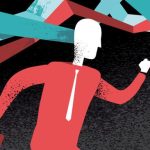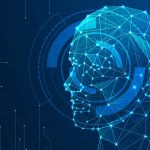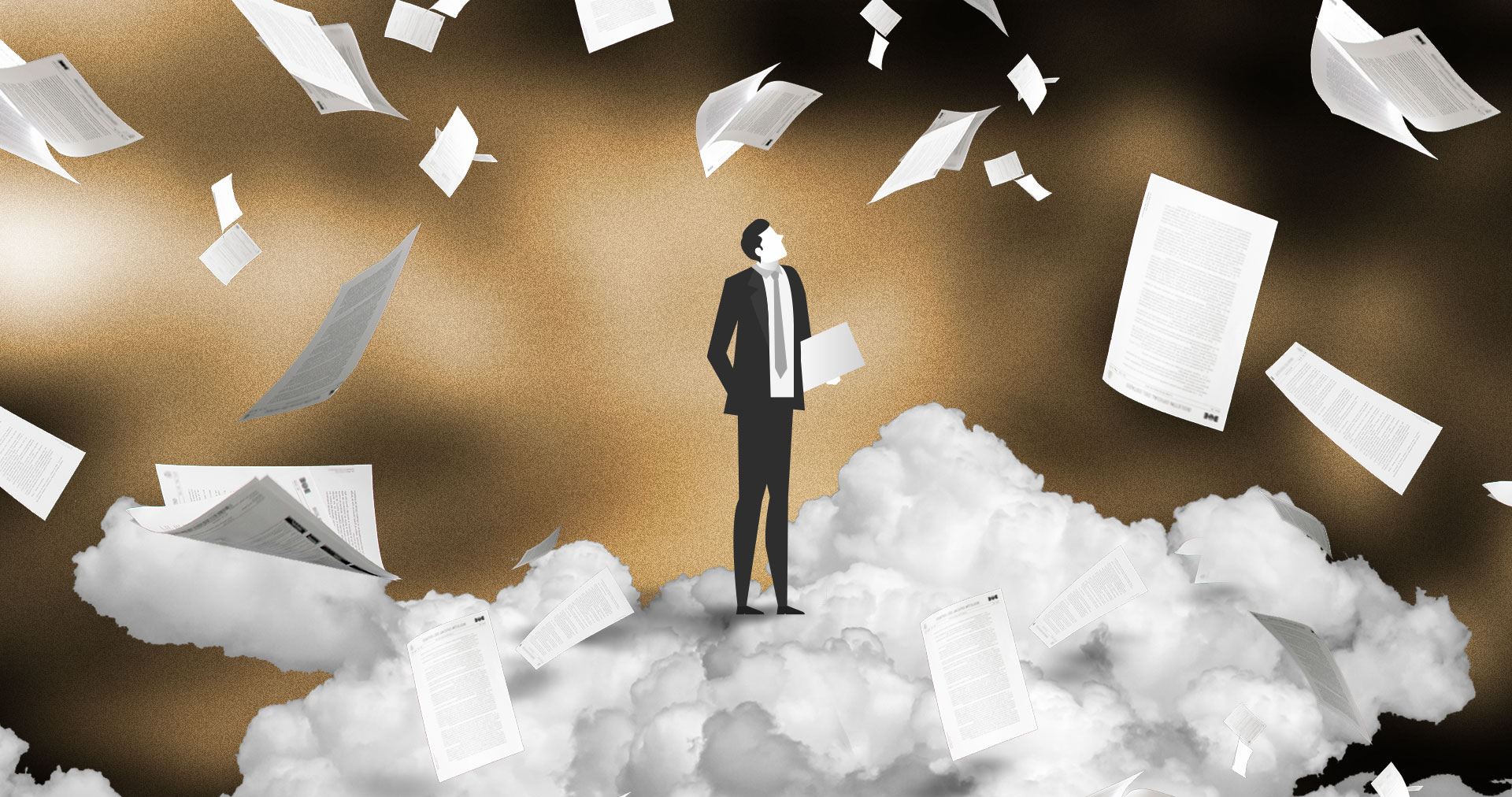Any company, no matter its size, popularity or purpose, may be a target for cybercrime, making it essential to be prepared and vigilant.
Cybercrime, also called a cyber-attack, is a criminal activity where hackers, and other bad actors, deliberately manipulate computer systems, networks, and technology-dependent initiatives. They commit offences against individuals or groups of individuals by attacking their cyberspace with a criminal motive, to deliberately harm their reputation, cause physical or mental harm, or direct or indirect loss.
Often, hackers inflict cybercrime with malware which infect computers through email attachments and file sharing. They can delete files, attack other computers, and slow down systems. Hackers can cause the breached machine to malfunction, or use it to host a website to send spam or spread viruses. Malware can help identity thieves obtain unauthorized access to personal information and broadcast it for unlawful purposes.
Cyber crime is a hazard to the security and financial health of a nation and its people. The number of individuals and companies at the receiving end of cybercrime is on the rise, and it is estimated that by 2021, the world will spend $6 trillion annually to meet the costs surfacing from cybercrime.
Types of Cyber-attacks
The first step towards protecting one’s cyberspace is to understand the types of cyber-attacks. Cyber-attacks belong to two broad categories: syntactic and semantic.
Syntactic Cyber-attacks
Syntactic cyber-attacks occur when malicious software, such as viruses, worms, Trojan horses etc attack computers in different ways[2] .
Viruses are small software that attach themselves to files and programs. When downloaded, they can reproduce and cause havoc in computers. They are most often found in emails as attachments and can forward themselves to all the contacts they find in your mailing list.
Worms, on the other hand, are more self-sufficient and don’t need other files or programs to carry out their job. They transfer themselves through networks and can affect all computers that use the same network. They can send data about the computers on a particular network to any desired location, and are most common in big organizations where various departments use the same network.
Trojan Horses deliver themselves through emails, from what look like trusted sources, easily fooling the receiver. Trojan Horses cannot spread to your contacts like viruses or reproduce like worms, but the hacker using a Trojan Horse malware can gain uninhibited access to your computer and do as he pleases with it.
Semantic Cyber-attacks
Semantic cyber-attacks have a lot more purpose of destruction. Unlike syntactic attacks where malware mindlessly corrupt computers, semantic attacks have more to do with attacking the reputation of an individual or company. Some infamous types of semantic cyber-attacks are phishing attacks and ransomware.
Phishing attacks usually appear to come from businesses that you trust and when the attack disrupts your computer or your mailing list, your perception of the business is bound to change- exactly as the phishing attack intended.
Ransomware is a piece of code that hijacks your system and demands a ransom to restore your computer to its old self. These happen to both individuals and organizations, to induce helplessness and fall prey to cyber-terrorism.
Measures for Cyber-security
Now that you know what types of cybercrime are out there, you must want to arm yourself or your company against them. Here are measures you can take to prevent cyber-attacks from interfering with your business.
Anti-virus software gives you a good defense system: The most fundamental security measure that you or your employees can take to protect computers and data is to install anti-virus software and patches, and update them regularly. One must ensure not to share account numbers, driver’s license numbers and other personal identity details with anyone unless the recipient is a trusted individual or entity, and back up important files to minimize the risk of a cyber-attack. Turning on personal firewalls and backing up important files will minimize the risk of a cyber-attack.
Tight passwords go a long way: The size of a company is no longer a factor for its susceptibility to cybercrime. The first step towards preventing cyber-attacks on companies would be to educate all employees on possible threats. Each employee must be aware of his/her responsibility towards contributing to the safety of the company, and know that their inattentiveness could act as a chink in the armor. One of the most common causes of cyber-attacks is opting for insecure passwords. Advise your employees to use passwords which are alpha-numeric and include special characters, and to develop the practice of changing passwords periodically to keep the office cyberspace safe. Likewise, they should not use common passwords or share their passwords with colleagues and outsiders.
Set data limits for employees: Secure your company’s cyberspace by permitting only limited access to data. Provide your employees access to only the specific data they require to carry out their responsibilities. While a cloud platform may be necessary to back up work files, it is not advisable to give all employees access to all files. Further, the company should have a policy of changing the passwords and credentials used by an employee as soon as he/she quits the company.
Protect outbound data: While many of us are cautious about the data we let into our systems, we forget to pay attention to our outbound data. Apply egress filters[3] to your firewalls to monitor outbound data and prevent information leaks. Even trustworthy employees may accidentally leak private data and an egress filter can keep that from happening.
Lock up your data with an encryption: Encrypt all professional and personal data stored on company systems[4]. This is a surefire way to prevent hackers from stealing private information.
Sign Non-Disclosure Agreements: Companies can enter into confidentiality agreements, containing specific clauses on data security and access restrictions along with penalties for data breaches, with their employees. This may act as a deterrent to initiate or aid cyber-attacks.
Cyber Insurance- just in case of a cyber-attack: Finally, invest in a good cyber insurance policy[5]. If all else fails, the policy will help you recover financial losses and assist you with repairing the damage the cyber-attack has caused.
Conclusion
While it may not be possible to completely eradicate cybercrime, businesses can reduce their vulnerability to it by maintaining an effective cyber-security policy that guards systems, networks, and their information. Companies must develop clear guidelines and practices to ensure the immunity of their cyberspace, andparticularly take efforts to train their employees on these procedures. Websites, endpoint devices, and systems must be kept current with software releases, updates, and patches. Companies must always keep in mind the growing threat of cybercrime and strengthen their internet security to minimize the risk of an attack, or loss in the event of an attack.
At LegalEase Solutions, we take your privacy seriously and are deeply committed to your right to privacy. We have very strict privacy policies, and strive to keep your personal and financial information secure. We make certain that our servers and connections incorporate the latest encryption and security devices. To prevent unauthorized access, we have implemented physical, electronic and managerial procedures to safeguard the information we collect. The world’s most secure servers transmit us your credit card and personal information. While your projects are with us, you can rest assured that your information is in safe hands. If you need help with a project, feel free to reach out to us at contact@legaleasesolutions.com. Our team of expert attorneys is happy to help.
References
[2]https://www.lifewire.com/cyber-attacks-4147067
[3]https://www.dshield.org/diary/Egress+Filtering%3F+What++do+we+have+a+bird+problem%3F/18379
[4]https://www.sadlerco.com/8-tips-to-reduce-the-risk-of-a-cyber-attack/
[5]IT Governance.What Is Cybersecurity? https://www.itgovernance.co.uk/what-is-cybersecurity
[6]Australian Cybercrime Online Reporting Network. What Is Cybercrime? https://www.acorn.gov.au/learn-about-cybercrime
[7]Nwazor, Toby., 2016. 5 Ways to Prevent Cyber Crimes From Derailing Your Business. (https://www.huffingtonpost.com/toby-nwazor/5-ways-to-prevent-cyber-c_b_12450518.html: site inactive on 5 April 2022)










